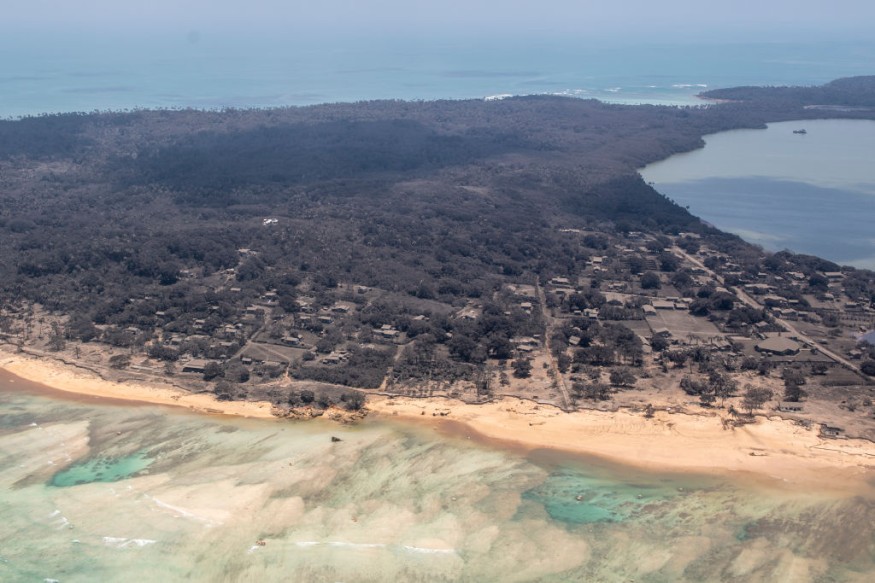
After a deliberate analysis carried out by scientists, the 2022 undersea volcano eruption off of Tonga has officially become the largest eruption of the 21st century and biggest volcanic explosion ever recorded since the 1991 eruption of Mount Pinatubo.
In late December 2021, there were small eruptions in the Hunga Tonga-Hunga Ha'apai volcanic island which, quieted down after about a week.
An eruption then followed in the early morning of January 14, determined by NASA to be "hundreds of times more powerful" than the atomic bomb dropped on Hiroshima.
Having ejected a volume of around 10 cubic kilometers (more than 2 cubic miles) volcanic material, it generated an atmospheric shock wave that circled the world several times and an ash plume half the size of France.
Using a newly developed algorithm, scientists were able to identify the scale of the Tonga eruption and officially confirmed it to be the largest eruption of the 21st century, according to ScienceAlert.
Its strength resembled the cataclysmic 1991 eruption of Mount Pinatubo in the Philippines - the second-largest volcanic eruption of the 20th century.
New Approach to Calculate Eruption Size
A lot of eruptions have happened in remote locations, but there isn't a lot of equipment around to directly measure such events.
Using the Volcanic Explosivity Index (VEI), scientists rated the Tonga blasts at six - something that only happens once every 50-100 years.
The VEI's peak is at 8 - eruptions that occur every 50,000 years or so, but we haven't had this for tens of thousands of years.
Scientists believe that an algorithm like this has the potential to be incredibly useful to calculate eruption size.
In addition, the algorithm could estimate volcanic eruption size in as little as an hour with enough available data, assess the size of the resulting ash cloud, and how the environment around it could be affected.
According to experts, the way the volcano exploded directly into seawater rather than into the open air was a big factor in the scale of the subsequent blast and the strength and distance covered by the subsequent tsunamis.
According to the study published in the Geophysical Research Letters, with modern geophysical instrumentation, the largest volcanic activity ever recorded can provide new insights into the physics of large eruptions.
Also read : Smaller Bees? Climate Crisis Could Bring Some Species with Lower Heat Tolerance in Danger
A 'Simple Framework' to be Refined
Researchers usually have limited capacity to monitor volcanoes in remote places such as deep oceans or poorly monitored oceanic island arcs.
However, they can rapidly identify large volcanic explosions or estimate volcanic eruption parameters based on analysis of seismic data.
"Despite the unprecedented wealth of high-quality and rapidly available scientific data, the main quantitative parameters of the Hunga Tonga volcanic eruption, such as its size in comparison with previous major eruptions, could not be estimated rapidly with 'standard' monitoring algorithms," the authors wrote.
"This emphasizes the need to develop new approaches for analysis of instrumental observations."
Researchers admit that their algorithm currently amounts to a "simple framework" but can be refined in plenty of ways in the future.
In fact, they can now make calculations in real time without so much computational effort, and can further be improved as more eruptions are collected.
Related article : The Hottest Rock Ever Discovered in the Earth's Crust Confirmed
© 2025 NatureWorldNews.com All rights reserved. Do not reproduce without permission.





